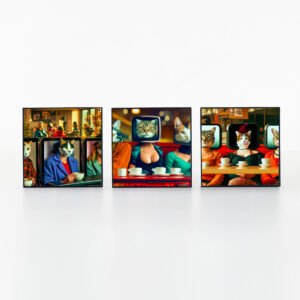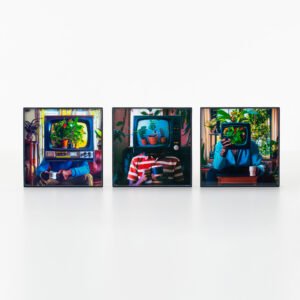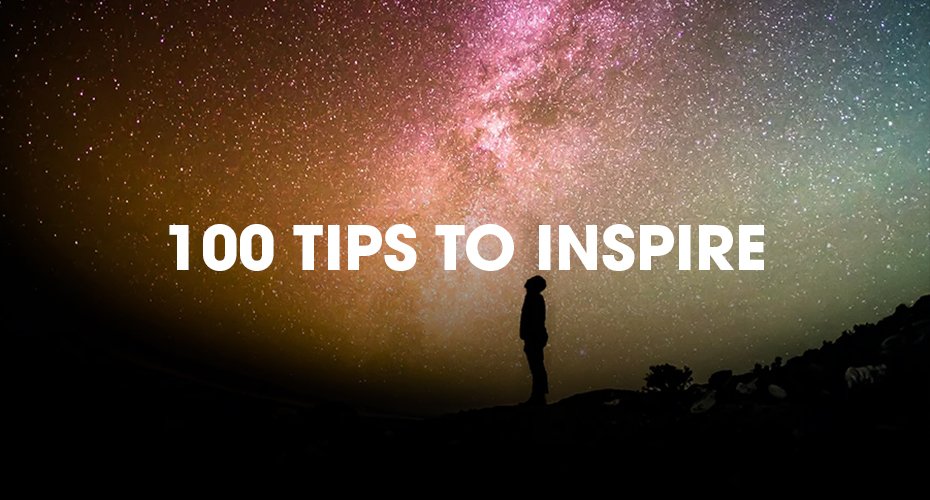
A Brief History of Creativity
Introduction Of A Brief History Of Creativity
Most people think that creativity is something very difficult and requires a lot of time. Oftentimes, people view it as related to the artistic, beyond understanding, intelligent, and thinking, which is not the work of common people. Although creativity is the solution to everyday simple problems, it finds new ways to do everything easily in daily life. The history of creativity is observed not only in the simple problems but in the unusual work as well. For example, Craig Wallace, who was a common college freshman, developed a nuclear fusion reactor out of junkyard parts and very cheap finds. It is also the perception of many people that creativity is just related to writing and oil painting. But now the question is what creativity is, basically.
What is creativity?
After research, it is listed that creativity is basically a novelty. Novelty requires something fresh and new that people are not familiar with. Creativity can be seen in the products by which the problems are solved after using these new and creative products. Creativity is also in the field of science and technology. Scientists discover new tools and methods in the field of science that save the lives of people; this is also creativity. Today, technology is at the top, related to creativity. Different technological tools are discovered and used in the field of technology too discover the new tools in the previous technology for everyday use and ease the lives of people.
Creativity is judged by two things: novelty and appropriateness. These two things—novelty and appropriateness—are the ingredients of creativity, which can be seen in the tools, the products, the people, the process, and the motivation.
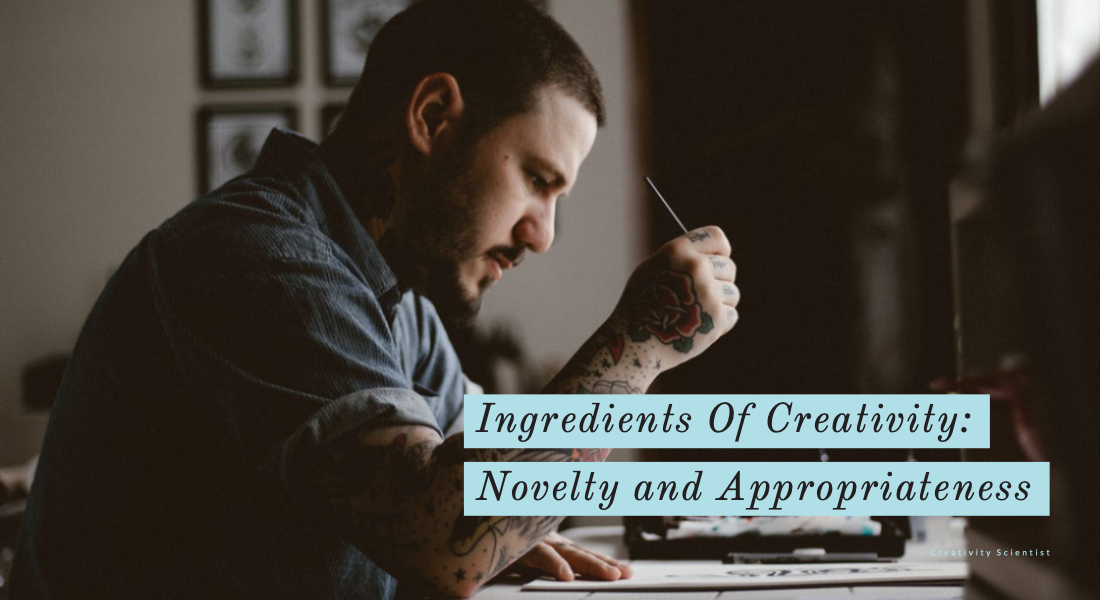
History of the concept of Creativity
Creativity is as ancient as the living organism or humans contemplating it’s meaning. It comes from different stages and metamorphosis caused by the different societies in various stages of development. Creativity started when people facing problems tried to solve them in new ways and with a new idea, but it might be more fundamental. Think about trees using root systems to communicate with one another and send signals.
To communicate through the network, trees send chemical, hormonal and slow-pulsing electrical signals, which scientists are just beginning to decipher. – Smithsonian Magazine
In my opinion, these trees are using creativity to adapt and evolve in complex ways we are just starting to understand. They also started working to solve these problems in the very ancient days. Hence, the history of creativity is very old, and there is no exact date for the start of creativity.
History of the start of creativity
Most people have different views about the history of creativity in the world. Many people believe that it starts with the development of hunting tools. Some people believe it originated with the Australian Aborigines. Some 50, 000 years ago, Aborigines moved from India to Australia. They invented the most puzzling and creative tool, the boomerang. Boomerang was a hunting tool that was very effective in ancient times for the safety of people.
Science, Astronomy, and Mathematics
According to the report of Ferrera-Balanquet (2009), he observed that creativity starts in Egypt and Mexico. The thought of the art and creation started from the people of Mexico and Egypt. They have very advanced ability in production and science, especially in Astronomy and Mathematics. No one neglects the pyramids of Egypt and the important geometry parting from astronomy. Their mathematics is still very accurate their computational algorithms still help in modern science.
Another culture area of ancient creativity extends in Asia and particularly in India, Iran, Cambodia, and Sri Lanka. There the building, material, handwork, work in the field of science especially in the physics showed that these people have a high level of knowledge thousands of years ago. For thousands of years, China and Japan have been culturally very creative. Still today they are in the top economy of creativity.
Evolutions Part In The History Of Creativity
Again it’s my opinion that the history of creativity started in nature with the onset of life and transferred to humans. For this discussion, we are looking at people and the history of creativity as a concept relative to human philosophy, art, and innovation.
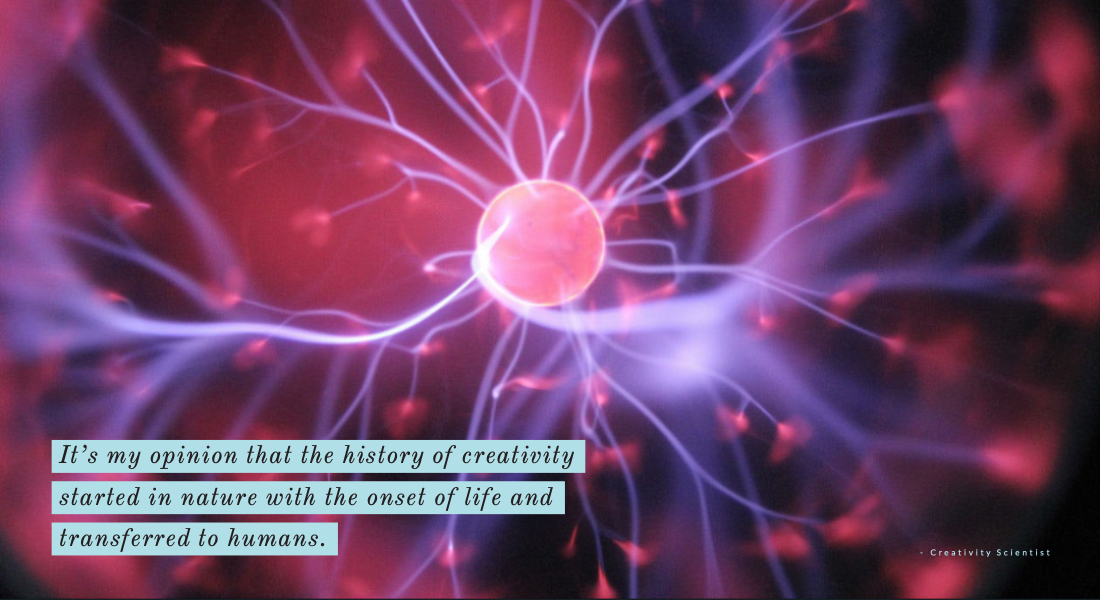
Ancient Greece
In ancient Greece, there was no word for creativity or creative. They used the word art in the making of goods or objects. Making things according to the rules and regulations ensures quality. There was no freedom in writing, literature, poetry, and painting too. Ancient Greece is very conservative to following a blueprint from the past and nature. They specified their modules to stay within limitations. After that, they specify a lot of punishments if anyone tries to break the rules or to work beyond the limitation. Creativity, learning, and writing was a specialty for specific people of status. They tried to understand the law of nature. Its means they studied the law of nature that how different objects interact with others and how did it work.
Antique Rome
The Roman civilization developed from the Greek civilization, therefore, the Roman civilization is younger from the Greeks and they think that all the thoughts of the Greek’s were outdated. They worked in the development, creation, and art. Romans developed many new objectives and they enriched the vocabulary with many new words. Romans gave birth to the poets, writers, literature, painters and above all the birth of the people who have a hand of sculpture.
Renaissance
In the period of the Renaissance, there was a lot of creativity and innovation in every field of life. Similarly, the most important was politics, economy, society, art, philosophy, science and education. They started development in the bureaucratic states, higher education, dramas, literature, architecture, and sculpture. With a strong interested in the Latin poetry and Latin classics history was important. Working a lot in the field of science brought a deeper meaning to this culture. The most creative period considered in history is the Renaissance.
The conclusion of creativity
People of different civilizations worked differently on creativity to make their life easy and find the solution to every problem. Modern people use creativity to be more civilized. They still work on creativity and to make their life easy. In essence, creativity is the essence of advancement in human history. As far as nature goes evolution is creativity without concept. In conclusion, it is because everything around us exists that we can harness creativity.

The ultimate in creativity is creation without boundaries or fear of judgment. – Rich Marks the Spot
If you are interested in discovering a formal classification for creativity please read my first article, The Science of Creativity.

